Depending on where you live your Queen Palms may be fruiting. These were harvested from the landscaping around a Burger King just north of Orlando. I saw them while driving by. Totally ripe Queen Palm fruit are edible but very sticky and sweet. About two-thirds the size of a ping-pong ball, they are mostly seed. The sugar is trapped in the fibers. Usually one chews the fiber for the sugar and flavor then spits it out. Or you can eat the fiber but it does give some folks a tummy ache. A tall feather palm, it is sometimes confused with the Pindo Palm which not only is shorter and armed with thorns but also stockier and has yellow fruit when ripe. I also think the Pindo Palm tastes better and is more versatile. Queen Palm fruit is more like a sugary paste though you can make jelly and wine out of the fruit and the seed oil is edible. To read about the Queen Palm go here.
Thousands of years ago before agriculture there were two kinds of plants, edible and non-edible. We might add a smaller third category, medicinal plants used by the medicine man. Today the division is agricultural crops and noxious weeds. We might add a smaller third category, medicinal plants used by the medicine man. The slight of hand is that many edible plants have been moved from edible into the noxious weed category. In fact I just did a searched for one state which listed its top eight noxious weeds. Seven of them are edible in some way. There’s a huge group of people dedicated to getting rid of wild edible plants that threaten the production of domestic edible plants. There are hundreds of organizations ranging from weed science academics to native plant groups who use Before Columbus as a battle cry. How did we get from wild, edible and good to wild, edible and noxious?
The concept of a noxious weed is perhaps little more than a century and a half old. Usually it is a plant that threatens agricultural crops or otherwise uses up resources or take over an environment. Wild blackberries are a noxious weed in Australia and Tasmania. Many times a noxious weed is one that was raised but is no longer useful, as with the Velvet Leaf for sailing rope or Crabgrass which was the staple cultivated grain before corn. Because so many people and organization are against edible weeds their rehabilitation will take generations. That, however, keeps the field of us who like to forage small, which is good for us and the environment. Finding wild food is like finding money. It contributes to your well-being, gives you more options, and makes you more independent.
Botany Builder #24 Samara: A paper envelope with a seed inside. This brings us to dehiscent and indehisent. Dehiscent means it opens to release the seed… string beans and pea pods are good examples. When ripe the shells dry, crack open and release beans or peas. They are dehiscent. A sunflower is indehiscent. The seed stays in the shell when it’s ripe. The shell does not release the seed. So a samara is a paper envelope that is indehiscent; the seed stays inside. A good example are the elms which have edible samaras (some say SAM-ah-ra others sah-MA-ra.) When green the entire samara is edible, and later the when brown you can winnow out the elm seeds and eat them. Hint: It is much easier to eat the young, green elm samara than to winnow out the seeds from ripe samaras.
New Articles added: The Queen Palm, a gooey treat. To read about it click here.
I make house calls. That is, I often give private lessons at personal property for the land owners (and I am horribly back logged. If you’ve written to me about this I will get back to you, I promise.) And of course lawn services have become a large industry and so common we barely notice them. But, grow a carrot or a tomato in your front yard and you might be visited by the Lawn Police. We have 50,000 square miles of lawn and maintaining those lawns is a $30 billion industry. In fact I had an uncle and a cousin earn their living doing just that here in Florida. The lawn-care business is not going to go away over night nor happily. But the newest suggestion in the urban food battle may portend the future: Have farmers make house calls! I already have friends such as Marabou (see one of his amazing videos here) who help people create permaculture spaces… permascapes. Will we see farmers helping home owners grow front yard food (despite the lamentations from city hall?) In fact there is an Arizona company doing just that, it’s call Farmyard. It may take decades but the American lawn, a post-WWII invention, is on it’s way out. Thus the citations I get for an overgrown front yard just prove… I’m ahead of my time!
In south Florida last week we nibble on ripe Surinam Cherries. While they are from Surinam they are not cherries but rather ping-pong ball size fruit that look like red pumpkins. At mid-state my Surinam Cherries are green and about the size of a pea. They are four to eight weeks from ripening, depending upon the weather. In north Florida they might be blossoming now. What is blossoming in my yard is the Nopales, which used to be called opuntia. Their distinctive red blossoms are already creating green “tunas.” In a few weeks they will ripen to red and provide a nice raspberry flavor. The seeds are edible but are very hard and must be cooked. To read more about the Nopales click here.
Sometimes I tell people I don’t teach about edible wild plants. I teach people how to see differently. Here’s an excellent example I wish I had thought of. Amy Stewart was in a liquor store one day when it suddenly hit her that every bottle of booze had a plant origin. So she wrote an interesting book about it: The Drunken Botanist (brought to my attention by Ryan. Thanks.) Vodka is from Solanum tuberosum, wine, Vitis spp., Gin, Juniperis communis, saki, rice; whiskey, barley, rye and wheat or corn soaked in an oak barrel… Not only is the list long but contains a wide variety of materials and herbs particularly in highly flavored liqueurs or traditional regional tastes such as ouzo. Interestingly when Stewart gets to cocktail garnishes she mentions a little fruit we harvest locally, Melothria pendula, the Creeping Cucumber.
“It’s not technically a cucumber, but it’s very closely related,” she explained. “The fruits are the size of a grape and they’re green with little white markings, so they actually look like miniature watermelons. And they taste great: They’re sort of a little more tart than a regular cucumber, but they just look extraordinary.”
Upcoming foraging classes:
Saturday, March 23rd, John Chestnut State Park: 2200 East Lake Road, Palm Harbor, FL 34685, 9 a.m.
Sunday, March 24th, Mead Garden: 1500 S. Denning Dr., Winter Park, FL 32789. 9 a.m.
Saturday, March 30th, Boulware Springs Park, 7902 S. E. 15th St., Gainesville, 32601, 9 a.m.
Sunday, March 31st, Jervey Gantt Recreation Complex, 2390 SE 36th Ave., Ocala, FL, 34471, 9 a.m.
Saturday, April 6th, Colby-Alderman Park, 1099 Massachusetts Street, Cassadaga. Fla. 32706. 1 p.m.
Sunday, April 7th, Mead Garden: 1500 S. Denning Dr., Winter Park, FL 32789. 9 a.m.
Saturday, April 13th, Bayshore Live Oak Park, 23157 Bayshore Rd., Port Charlotte, FL 33980, 9 a.m.
Sunday, April 14th, Dreher Park, 1310 Southern Blvd., West Palm Beach, FL., 33405, 9 a.m.
Saturday, April 20th, Wickham Park: 2500 Parkway Drive, Melbourne, FL 32935-2335, 9 a.m.

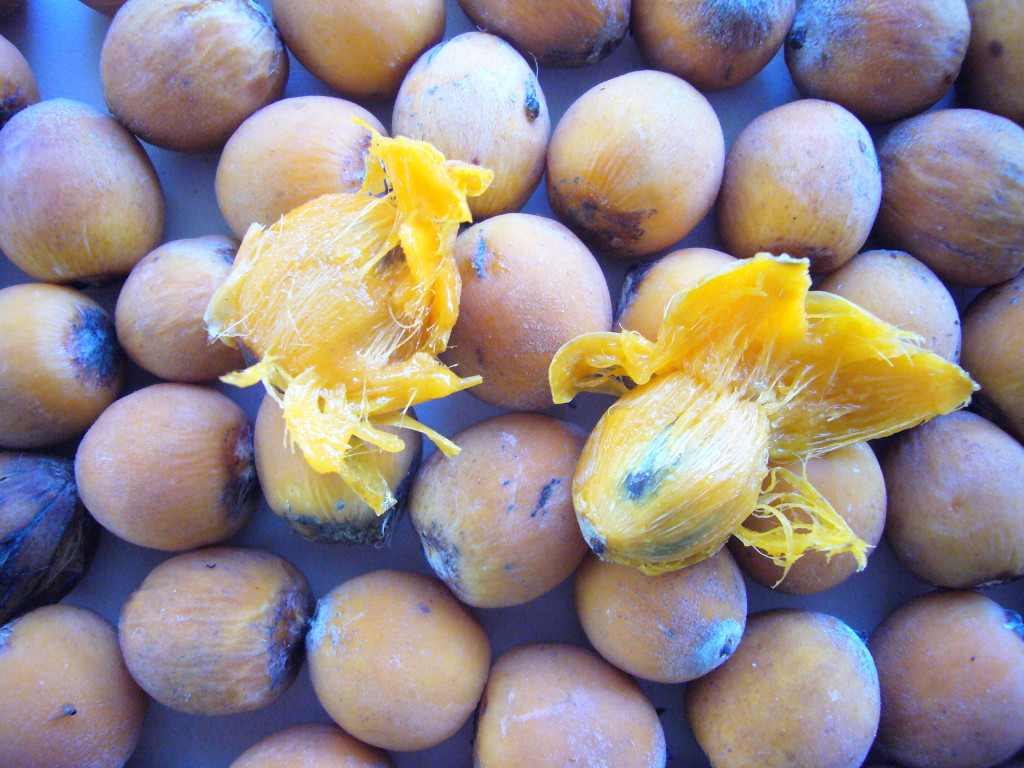
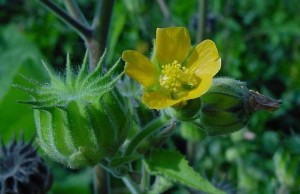
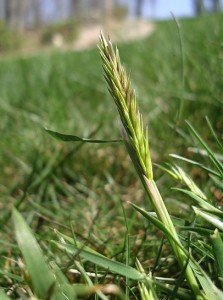
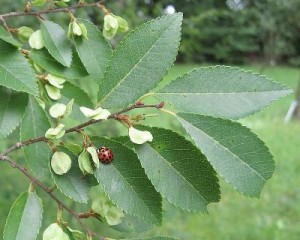
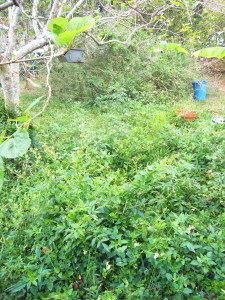
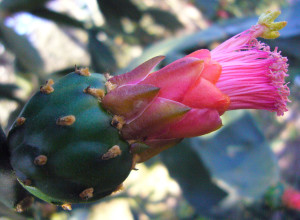
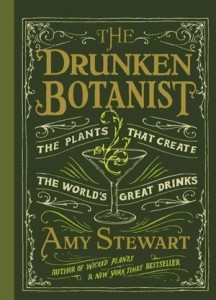
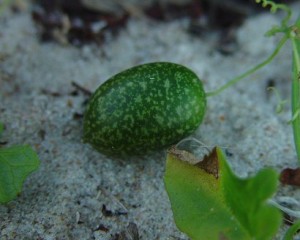

As always I find your site extremely informative sprinkled with wit and
wisdom!….I haven’t been visiting much lately, my husband just recently had
Open heart surgery at the Cleveland Clinic, and he is still recovering.
I highly recommend the Cleveland Clinic , for any issues that can’t be resolved by diet and using the magic of wild edibles.
Hi Deane, I found you on the internet over a year ago and have been enjoying your newsletters and personal stories. Thank you.
I am a personal chef in Los Angeles and enjoy playing around with different ingredients that are hard to find. I rarely venture into the wild world for my clients but I am intereted in knowing if such a thing as wild romaine lettuce exists. I understand that the milk from the wild romaine is rich in antioxidants that the cultivated variety is missing.
Any comments about this? I am focused on polyphenol rich plant foods to incorporate into my cuisine.
Thank you for your time,
June
There are all kinds of internet rumors about plants. I’ve never heard it claimed that wild lettuce had atioxidants, however. If I remember correctly the autunm olivies, russian olives and silverthorn have more lycopene than another other fruit. Google: Feral Kevin Autumn olive
Great newsletter! Just started receiving it. Great articles well done and short. It is nice to have links to visit for more info. Thanks, Green Dean!
P.S. Going to use your hard cidar recipe this fall as I press my own cidar with the mill I built.
The whole “noxious weeds” thing is definitely infuriating. Some of them, like cogongrass, are really bad news… but others are so darn useful or tasty they don’t deserve to be blacklisted. Dioscorea alata, for instance.
Enjoy your news letter.
Yes Thanks for putting this newsletter out. I live in the Washington DC area and to my knowledge we don’t have a whole lot of foragable stuff, too much pollution. I bet it is out there though I just don’t know where to look or what it is when I see it????? Wish I lived nearby, you would grow weary of seeing me! Shalom!
Oh… there’s so much to forage there. I stayed a three weeks in falls Church once and had a great time foraging.
Dean,
I am attempting to “grow my house” by growing a tall fibrous plant such as hemp (illegal and off the list for now), giant ragweed (seed very hard to find and expensive), quinoa (don’t know if this will work) and etc. Which is what I need your help for. My structure will be a geodesic dome probably made of 3/4″ galvanized electrical conduit flattened on the ends with holes drilled and connected with bolts and nuts. I will cover it with chicken wire or possibly the natural leftovers of the fibrous plant. My intentions are to make some kind of “fibercrete” using shredded plants mentioned above or newspaper, if all else fails, ground up with water and lime and sand into a slurry and sprayed onto the structure. I know bamboo can be used, but it too has its share of problematical issues. Please tell me you can help me with this as info on the Net is pretty sketchy.
Michael
Here in Cocoa we have been collecting some of our Surinam Cherries a few at a time while shooing away the squirrels, freezing them for that jelly I hope to get to making when there are enough. I am surprised yours aren’t getting ripe yet, you don’t live to far away from here. They are about the size of large grapes. I hope to get to the foraging class in Melbourne in April. Thanks for the newsletter!
Referring to Botany Builder #24, I can claim that my Vinca’s is a dehiscent fruint. As children we used to moisten (lick slightly) the dry fruit to trigger a soft gun with safe bullets spread every where. A teacher once told us of such seed dispersal sending seeds 100m away! My people in Sudan have only recently become familiar with Queen Palms. Recently few people are decorating their lawns with Syagrus Romanzoffiana,while the majority grow ordinary date palms. My first encounter with Syagrus Romanzoffiana,like my colleagues, was year 1959 in the beautiful lawn in front of Khartoum University’s library. The lawn used to embrace two statutes of famous persons in the history of Sudan. The first was that of Charles George Gordon (also called Gordon of Khartoum , Chinese Gordon or Gordon Pasha); in his honour” Gordon Memorial College” was founded in Khartoum in1902 , and, it was not till1956 after independance of Sudan that transformation to a fully autonomous ” University of Khartoum” was declared. Gordon himself was killed during The Mahdia Revolution of Sudan (1885).The second statute of Ahned al Quarashi, a student of University of Khartum, was a symbol of freedom against military rule in Sudan(killed 21Oct.1964). It is good now still we look high above to enjoy the sight of the crowns of the palm trees in association with those who have made history, though their statutes have gone.Thanks to those who introduced Queen Palms to our country and thank you Sir for the good Newsletter.